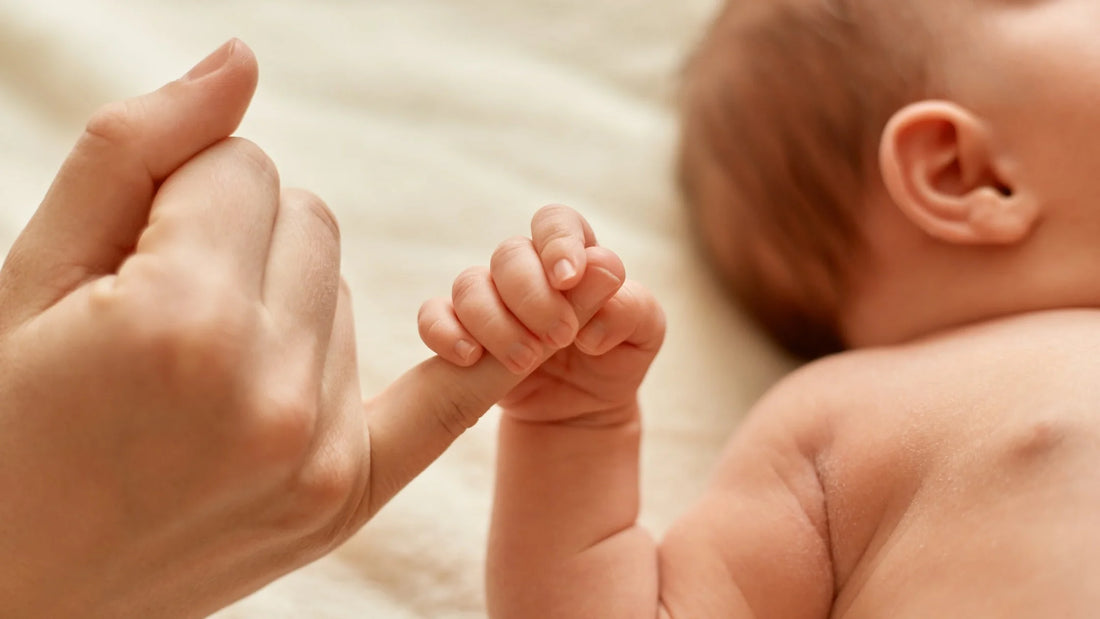2 month old baby: his psychomotor development
The first year of life is a year full of emotions and developments for both the newborn and the parents who see him grow every day.
In this article you will be able to discover in detail the psychomotor development of the 2-month-old baby to understand the stages he reaches at this age. In addition, I will explain the warning signs to pay attention to in order to immediately discover a delay in development.
What is psychomotor development?
Psychomotor development represents the child's global growth process. This means that it will include different areas:
- Motor and postural development;
- Socio-emotional development;
- The development of language and communication;
- Cognitive development.
Every child is different and has his own pace, but it is possible to identify some skills that are achieved by the newborn depending on his age.
In this article we will see in detail those that are acquired in the first 2 months of life.
Possible problems in the 2 month old baby
Before seeing the abilities that the little one will reach in this first stage, let's talk about the problems that can arise in this delicate phase.
Flat head
Flat head and positional plagiocephaly are one of the most common problems in newborns, so much so that the American Academy of Pediatrics estimates they can affect up to 48% of children and their peak incidence is in the first 2-4 months, a period in which the newborn's head grows rapidly but is extremely malleable.
In fact, a newborn's head circumference increases by more than 4 cm in just two months!
Many parents who have heard about this problem, but have not had the right support and information, tend to buy a plagiocephaly pillow to magically prevent (or cure) their baby's flat head.
Does it work? ABSOLUTELY NOT!

Flat head is caused by incorrect positions maintained for too long; therefore, if you use the pillow but, unknowingly, put into practice incorrect postural attitudes, your child will inexorably develop this problem.
Knowing the correct postural attitudes and putting them into practice is therefore the only way to avoid postural cranial alterations.
You can find all the information to prevent flat head in newborns in my video course “ Bye bye flat head ”.

